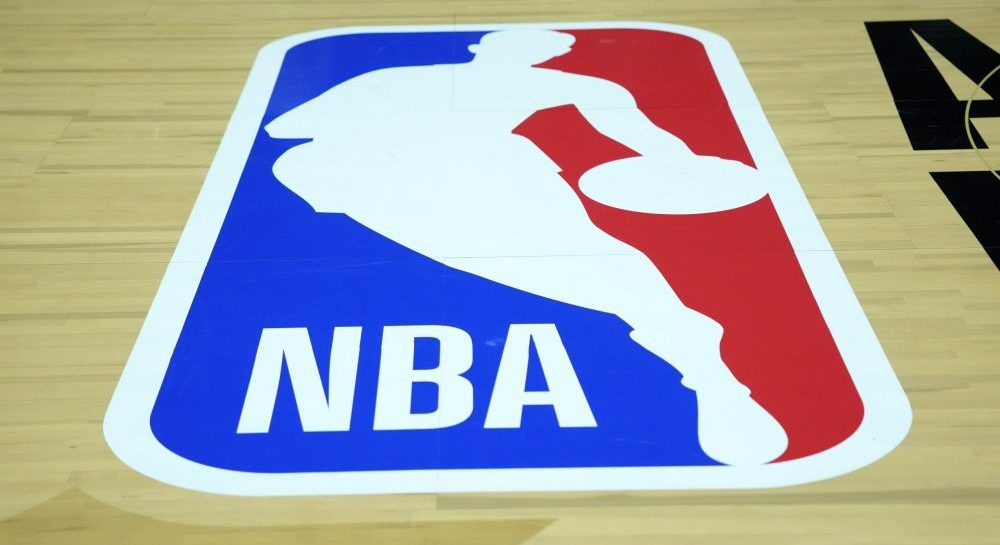
*Ed Note: This article appears via Bloguin's college football blog Crystal Ball Run.
The SEC’s poorly kept secret – at one timed dubbed “Project X,” even though it had nothing to do with teaching chimpanzees to fly planes – became ever more poorly kept Friday when John Ourand of the SportsBusiness Journal revealed that the plans for the SEC television network will be unveiled next week.
Launching the network will ensure that the country’s toughest football conference will continue swimming in money for the foreseeable future. As Ourand notes, however, ESPN and the conference now face the challenge of gaining carriage for the new channel.
We’ve witnessed a series of protracted stand-offs between the networks and cable providers of late over the start of such channels. DirecTV, for instance, doesn’t have the Pac-12 Network yet. A smattering of providers have picked up the Longhorn Network from ESPN. Time Warner Cable went without the NFL Network for years before a deal was reached between the two.
In a testament to the true appeal of channels such as the Big Ten Network, the go-to leverage play for companies like Fox and ESPN in the past has been to hold back live sports for broadcast on the new channels. The BTN, for instance, shows conference football games every fall Saturday to go along with a decent number of basketball games throughout the regular season. The rationale is simple: Television’s last true big ticket, live sports, is the only product strong enough to generate the demand required to force the hands of the cable companies.
At least from where I sit, though, the SEC network presents something of a unique dilemma for ESPN.
In the case of ESPN, we’re already talking about the dominant player in college football broadcasting. Part of the reason it holds that title stems from the fact that it already shows so much SEC content on its flagship and secondary stations.
Assuming that ESPN plans to hold back some of its SEC content for the new network, where will that come from? Turn the SEC channel into Kentucky HD, and no one gives a damn. Put your marquee conference games on the start-up network, and you run the risk of cannibalizing Big ESPN’s ratings – the brains behind the Worldwide Leader probably aren't too keen on messing with that.
In short, finding the appropriate programming mix to generate demand for the SEC network on a broad scale – the kind that would make it profitable – starts to sound like more of a challenge the more you think about it.
That certainly doesn’t mean that the SEC network is destined to flop. Much like its BCS dominance, SEC football is probably the pre-eminent brand in the college sports industry, which is generally a lucrative position to be in. But those ADs might want to wait a couple years before they go spending all that new TV money on country club memberships and luxury boxes.
Visit Crystal Ball Run for all your college football needs. Follow Allen Kenney on Twitter @BlatantHomerism.






Comments are closed.